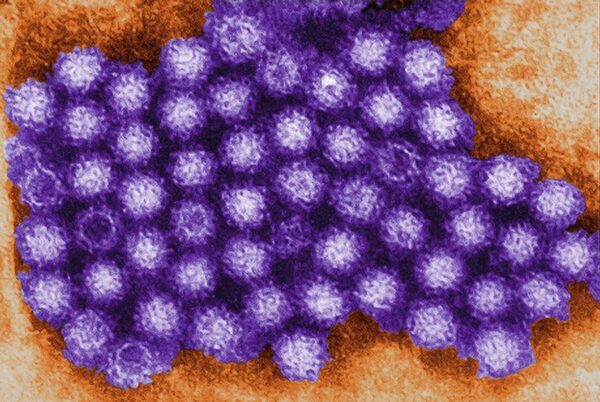The agency said that 284 passengers and 34 crew members—out of about 4,000 total people—were sickened onboard the cruise between Feb. 26 and March 5. Their primary symptoms were “vomiting and diarrhea,” it said, adding that the “causative agent” is currently “unknown.”
The ship ultimately docked in Galveston, Texas, where CDC investigators responded to the reports of illnesses and “collected stool specimens from gastrointestinal illness cases to send to the CDC lab for pathogenic identification.”
“The gastrointestinal illness cases reported are totals for the entire voyage and do not represent the number of active (symptomatic) gastrointestinal cases at any given port of call or at disembarkation,” the CDC said.
Federal health officials have not indicated whether any of those who were sickened were hospitalized. But the agency’s “Vessel Sanitation Program” and health officers accessed the cruise ship on Sunday in Galveston and conducted an investigation, the CDC added.
“VSP conducts outbreak investigations when 3 percent or more of the ship’s passengers or crew members report they are sick with symptoms of gastrointestinal illness,” the statement said. “We may also conduct an outbreak investigation if an unusual gastrointestinal illness pattern or characteristic is found, even if the illness rate is less than 3 percent.”
Princess Cruises increased cleaning and disinfection on the ship according to its outbreak response plan, according to the agency.
In a statement issued Tuesday, Princess Cruises described the illnesses on board the Ruby Princess as mild. It noted that the likely cause was norovirus, a virus that is currently on the rise across the United States.

“Onboard the Feb. 26 sailing of Ruby Princess, there were a number of cases of mild gastrointestinal illness among passengers, the cause likely being the common but contagious virus called Norovirus,” the cruise operator told news outlets. The CDC has not confirmed whether the rash of illnesses was caused by norovirus or something else.
Described as highly contagious by federal health agencies, norovirus causes vomiting and diarrhea. It has often caused outbreaks on cruise ships in recent years and has been sometimes dubbed the “cruise ship virus” in media reports.
“We immediately initiated additional enhanced sanitization procedures to interrupt the person-to-person spread of this virus,” Princess Cruises said. “As an additional precaution, the ship underwent an additional disinfection on March 4 in Galveston ahead of its next departure.”
Recent data from the CDC suggested that positive tests for the virus are at a seasonal high across the country. Test positivity spikes are occurring in the Northeast United States at over 16 percent, the South at over 16 percent, the West at over 12.5 percent, and about 15 percent in the Midwest, the data shows.
Several weeks ago, for example, two elementary schools in Petersburg shut down due to outbreaks of the virus. Also in February, classes at a suburban Detroit school were canceled due to norovirus after students fell ill.
In an average year, according to health officials, norovirus causes approximately 19 million to 21 million cases of vomiting and diarrhea, 109,000 hospitalizations, and 900 deaths. It’s also linked to about 495,000 emergency department visits, mostly in younger children, the CDC’s website says.
“These outbreaks often get media attention, which is why some people call norovirus the ‘cruise ship virus,’” its website also states. “However, norovirus outbreaks on cruise ships account for only a small percentage (1 percent) of all reported norovirus outbreaks. Norovirus can be especially challenging to control on cruise ships because of the close living quarters, shared dining areas, and rapid turnover of passengers.”

